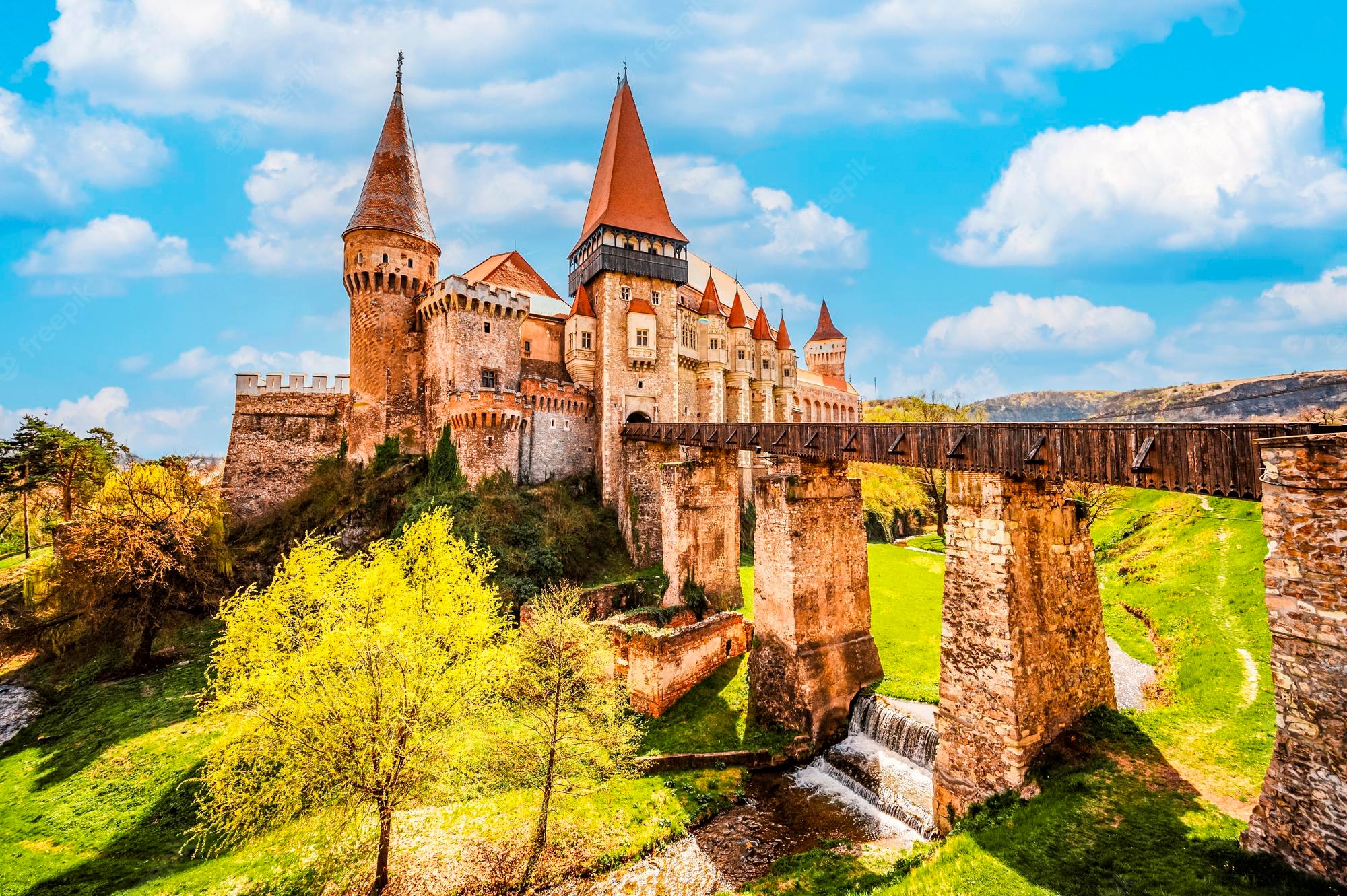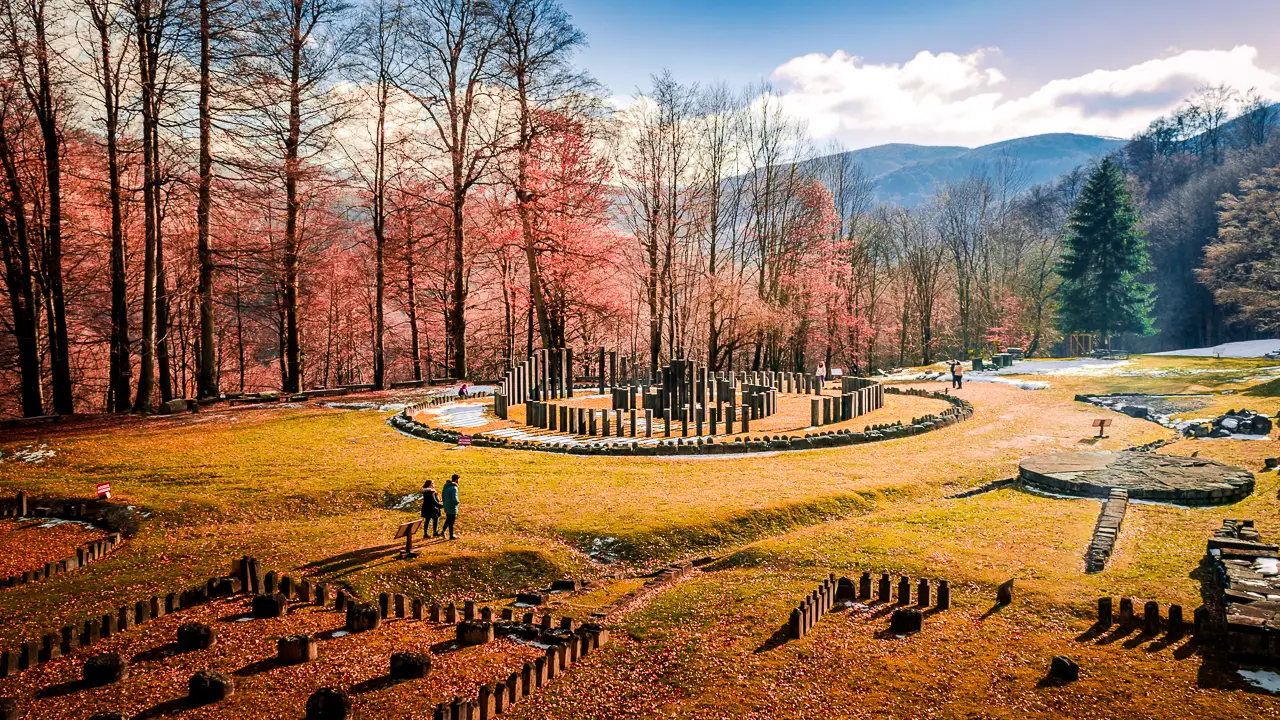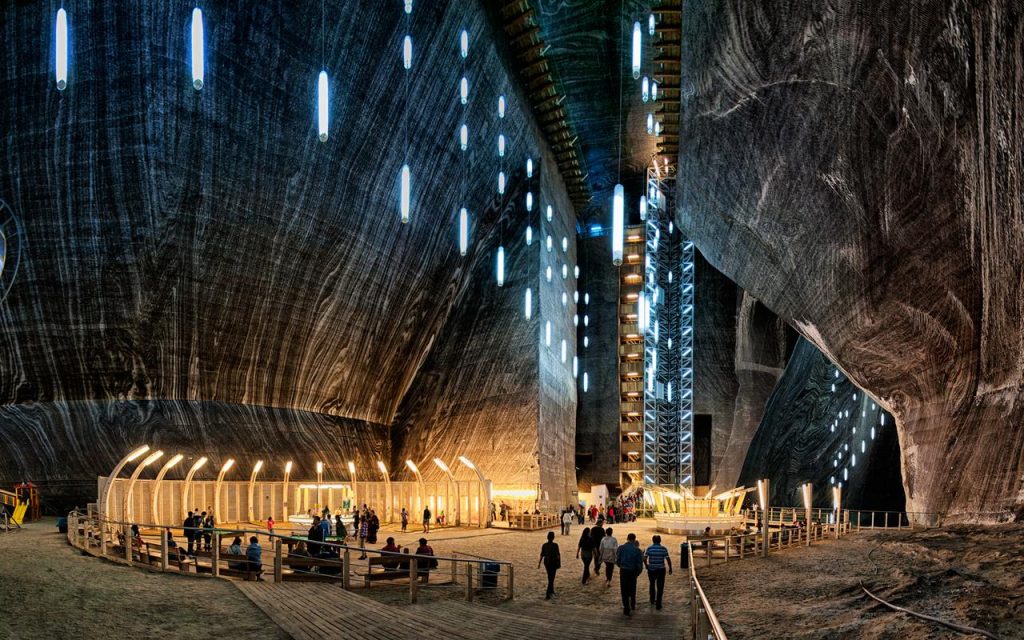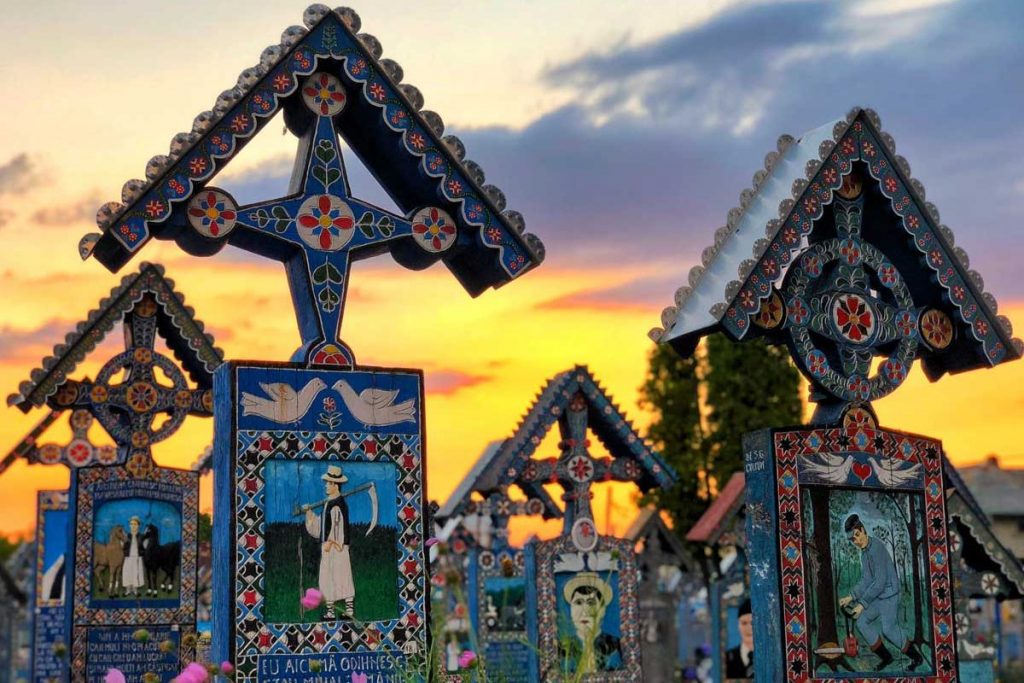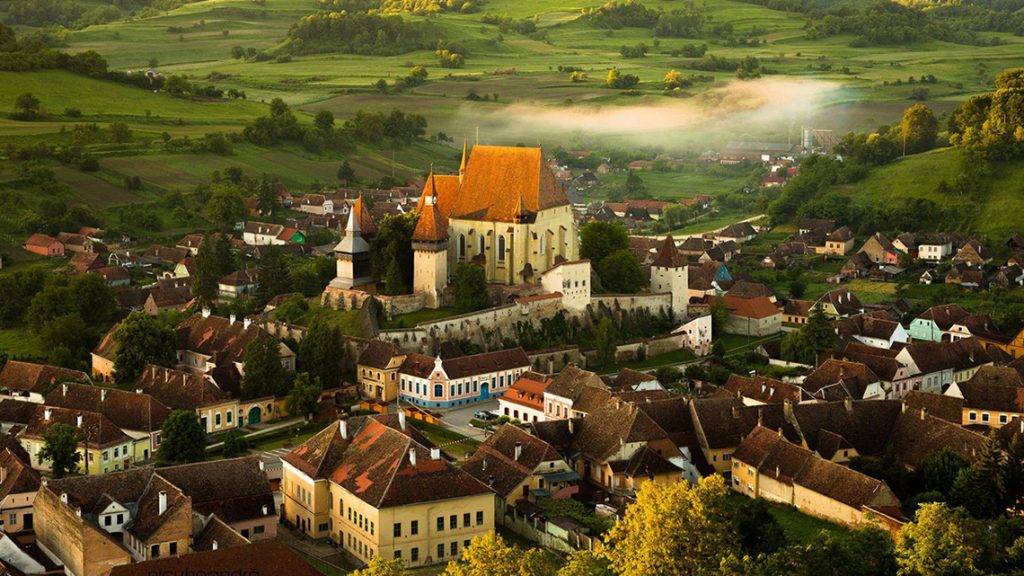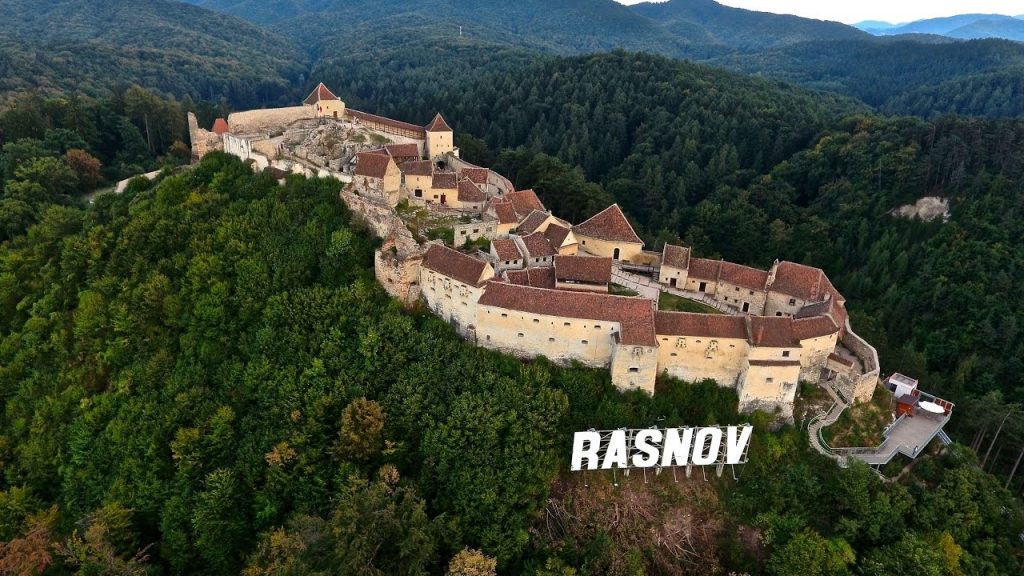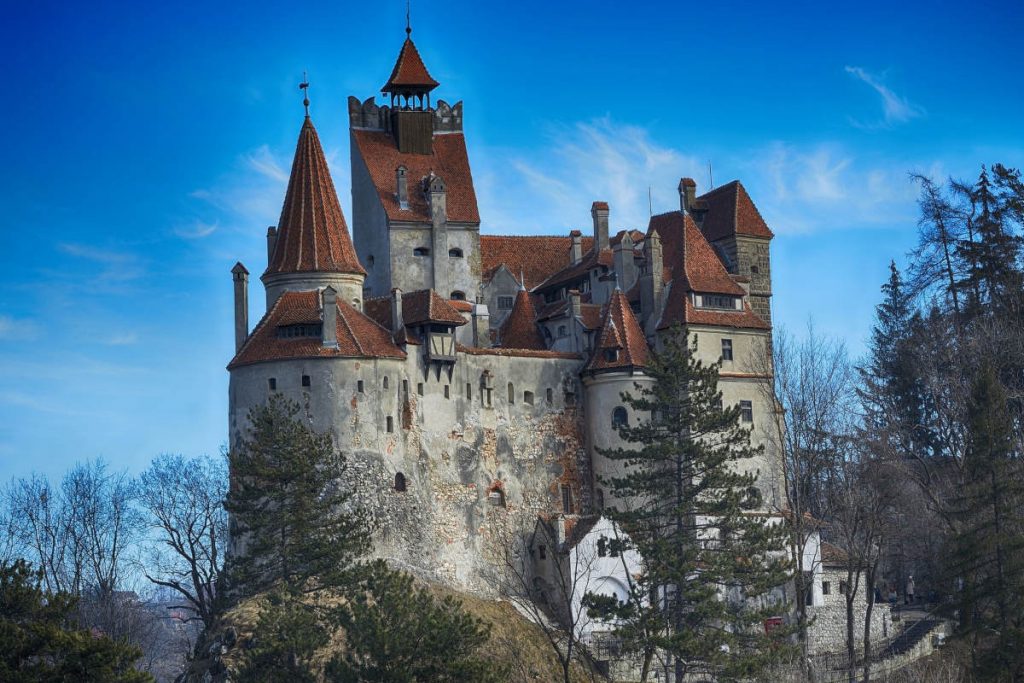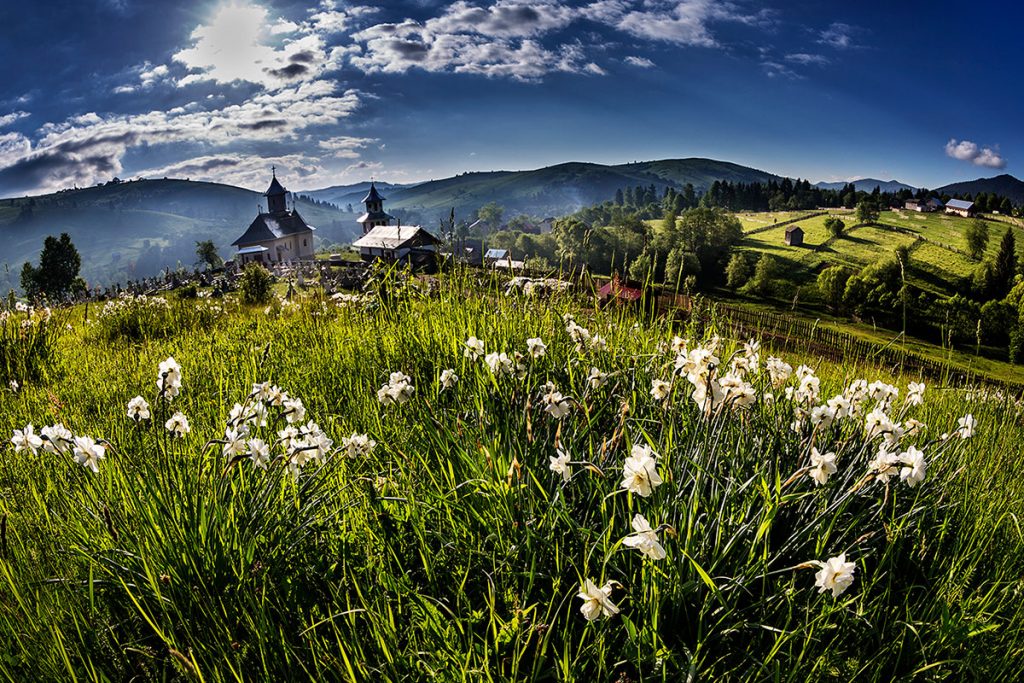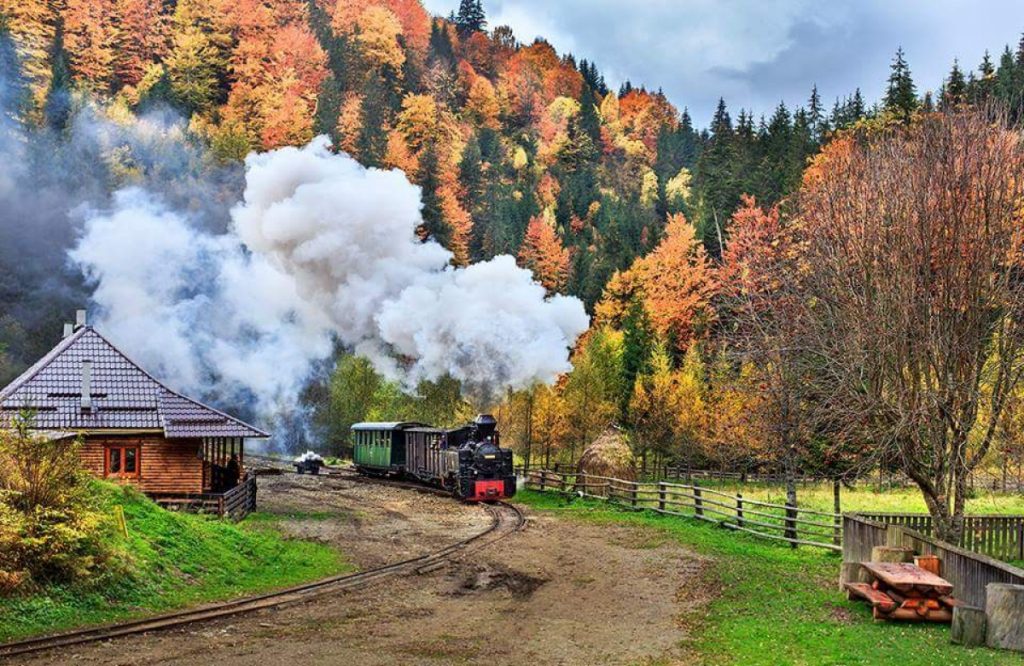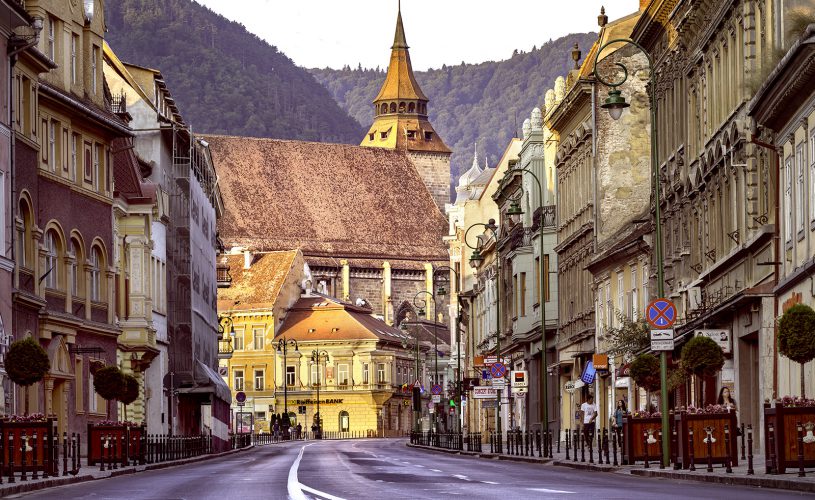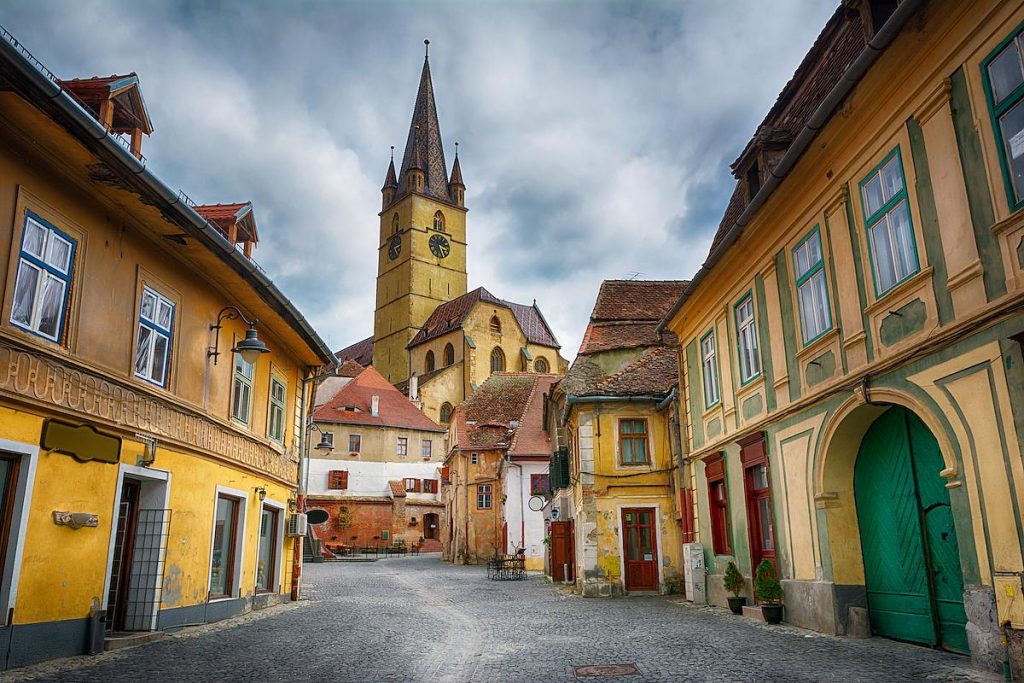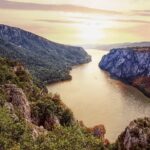We invite you to the most complex tour of Romania for 10 days, where you will discover with us one of the most beautiful destinations in the world.
Explore the Carpathian garden with its ancient traditions, folkloric fairs and gastronomic delights. See the Carpathians Mountains, the heart of Romania, with their breathtaking landscapes. Travel back in time in famous Transylvania where the medieval and ancient Dacian citadels await. Discover the authenticity of Maramureș villages and the art of the painted monasteries of Bucovina.
Romania is one of the most mysterious and beautiful countries in Europe. Its ancient cobblestone streets, mysterious forests, and buildings thoroughly permeated by medieval spirit will penetrate your heart.
If you are looking for a unique destination, a country with a rich culture, well preserved traditions and amazing attractions alongside modern culture and vibe, Romania is your destination.
We invite you to the most complex tour of Romania for 10 days, where you will discover with us one of the most beautiful destinations in the world.
Day 1 – Mud Volcanoes & Neamt Fortress
* Hotel pick-up in Bucharest
* The first stop of our wonderful itinerary will be done by the Mud Volcanoes. These are one of the most valuable natural treasures of the country, both in terms of the spectacular landscape and the rarity of this phenomenon all over the world. Mud volcanoes, a phenomenon created by deep-sea gas deposits, occur only under very rare conditions, influenced by a long series of factors. That’s why there are only 1,100 mud volcanoes spread throughout the globe, mainly spread under the waters
* Lunch in a surprise location
* The next stop is at the Neamt Fortress. The Neamţ Fortress is one of the most impressive fortresses in Romania and is located in the northern part of the country, close to Targu Neamţ. Neamţ Fortress was part of the fortification system built in Moldova at the end of the 14th century, for defending against the Ottomans. This elegant and impressive fortress was built in the 14th century during the time of Peter I and was fortified in the 15th century by Stephen the Great
* In the evening we sleep on the shore of Lake Izvorul Muntelui, the largest anthropic lake on the Romanian rivers, an exceptionally beautiful area in the middle of the forests
Day 2 – Painted Monasteries Of Bucovina
* We have breakfast and continue our trip with one of the most fascinating tourist attractions in Romania: the painted monasteries of Bucovina. The monasteries of Bucovina are unique in the world due to architecture and paintings in fresco, and eight of them have been included in UNESCO World Heritage
* The Voroneţ Monastery, also called “the Sistine Chapel of the East”, was built over 500 years ago in a record time, and that is, in just four months and two weeks. The place of worship was built by the ruler Stephen the Great (Ştefan cel Mare) on the ruins of an old Moldavian style church destroyed by the fire. The paintings on the exterior walls are truly remarkable. “Blue Voronet” is the predominant color and, to date, it is not known how it was created
* The next stop is at Moldovita Monastery. The Moldoviţa Monastery is a place worth noting for tourists wishing to visit the beautiful monasteries of Bucovina. The place of worship is located in the northern part of the county of Suceava and is visited every year by hundreds of thousands of Romanian and foreign tourists. The Moldovita Monastery is one of the most beautiful places of worship in Bukovina, but also on the UNESCO World Heritage Site. * Lunch. 1 hour off
* The third stop of the day is at Sucevita Monastery and it is one of the symbols of Bucovina, a UNESCO World Heritage Site. The architecture of the church contains both Byzantine and Gothic elements, and some elements typical of other painted churches of northern Moldavia. Both interior and exterior walls are covered with mural paintings, which are of great artistic value and depict biblical episodes from the Old and New Testament. The paintings date from around 1601, which makes Sucevita one of the last monasteries to be decorated in the famous Moldavian style of exterior paintings
* If we have time, the last stop of the day is in the village of Marginea. The black pottery produced at Marginea is known internationally, mainly due to its black color obtained following an ancient burning technique. Marginea became a pottery center somewhere in the 16th century. The ceramic was mainly crafted for food storage or other purposes. Marginea had about 60 families of potters and now there are only two to three families left
* We sleep in the heart of Bucovina and we enjoy a delicious traditional dinner
Day 3 – Maramures
* The third day of our trip is heading for another historical and authentic region of Romania. After breakfast we head to Maramures, where we make the first stop at Cascada Cailor (Horse Waterfall), the highest waterfall in Romania. You will be fascinated by the beauty of the picturesque and the grandeur of this unique waterfall in Romania
* Lunch in a surprise location
* We end the day with a visit to perhaps the most beautiful monastery in Romania: Barsana
* Barsana Monastery is one of the wooden churches in Maramures, a beautiful synthesis of Eastern and Western European architecture, with Gothic and Byzantine elements, a complex of unique structure built entirely of wood
* Maramures-style Party, wearing traditional costumes
* In the evening we go to Valea Izei, where we rest and enjoy traditional culinary delicacies from Maramures
Day 4 – Mocanita Steam Train
* The 4th day of our adventure brings us the biggest surprise. We wake up early and drive to Viseul de Sus where we will have a 6 h journey with the famous “Mocanita steam train”
* For the next half of the day we will admire from this tourist train the wildest landscapes of Maramures. Mocăniţa is a steam train running on a narrow-track railway used for transporting the wood from the Maramures Mountains, especially the wood removed from the forests of Vaser Valley. It has a steam locomotive, fueled with wood and coal, and has been introduced into the tourist circuit to offer a unique experience to all tourists coming to Maramures
* Lunch at the final stop of Mocanita
* In the second part of the day, an equally unique experience awaits us. We visit the traditional museum of the Ples family. The Ples family created its own ethnographic museum from the parental house, with traditional popular costumes and typical instruments from the Maramureş villages
* Dinner and fun in the evening
Day 5 – Turda Salt Mine & Alba Iulia
* After breakfast we leave Maramures and continue our adventure with another spectacular tourist attraction: Turda Salt Mine. Salt was first extracted here during the antiquity and the mine continuously produced table salt from the Middle Ages, the mine being first mentioned in 1075, to the early 20th century. Turda salt mine was renovated and it reopened its doors in 2010 after a €5,888,000 investment. Since 1992, Salina Turda has been a halotherapy center and a popular tourist attraction. In 2008, the salt mine was modernized and improved under the program PHARE 2005 ESC large regional/local infrastructure, worth six million euros. It was reopened to tourism in January 2010
* Lunch
* The second half of the day finds us in Alba Iulia where we visit one of the Roman symbols of the Roman city: Alba-Carolina Fortress, recognized by all Romanians as the place where the Great Union was made, on 1 December 1918. Today, a fortress built in the Vauban style in Romania, the Alba Carolina Fortress, keeps the historical and cultural testimonies of the events that led to the formation of the Romanian people. After the great restoration project, the fortress became a tourist attraction point and a stronger symbol of the city, thanks to its cultural and historical heritage, being visited by hundreds of thousands of tourists annually
* Dinner and relaxation
Day 6 – Sarmizegetusa Regia Capital Of Dacian Kingdom
* Breakfast
* The Legendary Capital of the Dacians: Sarmizegetusa Regia. A UNESCO World Heritage site, Sarmizegetusa Regia, the capital of the ancient Dacian Kingdom, is one of the most mysterious historic landmarks you will ever visit in Romania. Located high into the mountains, on a plateau that is difficult to access even today, Sarmizegetusa Regia still shines and is a reminder of one of the brightest moments in the history of the Dacians, the enigmatic ancestors of the Romanian people. Built in the Orăştie Mountains, atop a 1,200-meter high plateau, Sarmizegetusa Regia has served as the capital of the Dacian Kingdom for a century and a half as well as its military, religious, political and cultural center. The Dacians, an ancient people related to the Thracians, lived between the Carpathian Mountains and west of the Black Sea and developed a complex and highly regarded civilization that reached its peak between the centuries 1 BC and 1 AD
* Lunch
* Corvin Castle, also known as Hunyadi Castle or Hunedoara Castle, is a Gothic-Renaissance castle in Hunedoara, Romania. It is one of the largest castles in Europe and figures in a list of the Seven Wonders of Romania. Corvin Castle was laid out in 1446, when construction began on the orders of Voivode of Transylvania John Hunyadi (Hungarian: Hunyadi János, Romanian: Iancu or Ioan de Hunedoara) who wanted to transform the former keep built by Charles I of Hungary. The castle was originally given to John Hunyadi’s father, by Sigismund of Luxembourg, king of Hungary and Croatia, as severance in 1409.It was also in 1446 that John Hunyadi was elected as the regent-governor by the Diet. Built in a Renaissance-Gothic style and constructed over the site of an older fortification on a rock above the smaller Zlaști River, the castle is a large and imposing structure with tall towers, bastions, an inner courtyard, diversely coloured roofs, and myriads of windows and balconies adorned with stone carvings
* Dinner and relaxation
Day 7 – Sibiu – European Cultural Capital In 2007
* Breakfast
* Visit to Sibiu- European Cultural Capital in 2007. We will visit the old city center, scattered with medieval buildings, cozy cafes and important landmarks such as the “Bridge of lies” or the Evangelic Church Tower where from we will admire the city panorama
* Lunch in a special place in the historic center of the town
* We head to Sighisoara. Ancient churches, a walled town center and a thousand of years of history. With cobbled streets, colorful buildings, and a pedestrian-friendly Old Town, it’s difficult not to fall in love with Sighisoara. Climbing up the Clock Tower is an absolute must in Sighisoara because the views are beautiful. Parts of this building date back to the 14th century, and I’m sure you can understand why it was built — as an overview point over the city walls. Sighisoara Citadel is the last inhabited fortress in Europe
* Dinner and red wine at the guesthouse
Day 8 – Saxon Villages
* We have breakfast and we prepare to get in the middle of the former Saxon villages in Transylvania
* At 10 a.m. we will visit the fortified church of Biertan (Birthalam). Biertan is a UNESCO World Heritage Site and one of the oldest villages in Transylvania, going back to the 13th century. It hosts the most important fortified church in the region: the Seat of the former Evangelic Bishop
* Next stop will be the Evangelic fortified church from Alma Vii, one of the most spectacular fortified churches in Romania, and maybe the most romantic place as well. We will also take part in a complete guided tour
* The lunch will be served in a totally special setting – in the defense tower of the fortress. The food will be traditionally cooked and served, for us, just as for medieval noblemen
* Visit to Viscri (Deustchweisskirch), the Transylvanian jewel, which became a renowned destination in Europe after Prince Charles bought a house here in 1996. Since then, Prince Charles spends every year few of his vacations in Viscri. The village and the surroundings are truly stunning, due to the quality of the human- nature interaction over the centuries.
* We will sleep at a guesthouse located exactly in the center of the country, where we enjoy sunset and relaxation
Day 9 – Brasov & Peles Castle
* The penultimate day of our program takes us to Brasov, another emblematic city of Romania. We have breakfast and go on the road.
* The heart of Brasov – The Black Church. Over 500 years old, Biserica Neagra (the Black Church) is the most representative historic monument in Brasov, the greatest Gothic church in Transylvania and, from some historians’ point of view, the greatest religious edifice from Vienna to Istanbul. More than that, inside the church there is one of the greatest organs in Europe, and also the largest collection of old carpets from Asia Minor. The construction of this Gothic Evangelic church began around 1380, in the time of Vicar Thomas Sander, and initially it was named Saint Mary’s Church
* The Watch Towers. Because Brasov and the surrounding region were repeatedly raided by the Turks and Tartars, the residents of Brasov decided to fortify their city with thick stone walls with strong bastions, two outer watch towers and a Citadel, in order to defend themselves. The defense wall was once 12 meters high and two meters thick and stretched for 3 km. Today parts of the walls, one Bastion, the two towers and the Citadel are left standing
* Lunch
* The last stop of the day will be at Peles Castle in Sinaia. Nestled at the foot of the Bucegi Mountains in the picturesque town of Sinaia, Peles Castle is a masterpiece of German new-Renaissance architecture, considered by many one of the most stunning castles in Europe. Commissioned by King Carol I in 1873 and completed in 1883, the castle served as the summer residence of the royal family until 1947. Its 160 rooms are adorned with the finest examples of European art, Murano crystal chandeliers, German stained-glass windows and Cordoba leather-covered walls
* We check in in a guesthouse in Prahova Valley where we relax and serve dinner
Day 10 – Bran Castle & Rasnov Citadel
* Here we are in front of the last day of the great tour of Romania. We left for the end 2 of the most spectacular turist attractions: Rasnov Citadel and the famous Bran Castle
* Rasnov Fortress is located on a rocky hilltop in the Carpathian Mountains, 650 ft. above the town of Rasnov. First mentioned in an official document in 1331, the fortress was built by Teutonic Knights as protection against invading Tartars and was later enlarged by the local Saxon population. Strategically located on the commercial route linking the provinces of Transylvania and Walachia, Rasnov differs from other Saxon fortresses in that it was designed as a place of refuge over extended periods of time. As such, it had at least 30 houses, a school, a chapel and other buildings more commonly associated with a village
* Lunch
* Surrounded by an aura of mystery and legend and perched high atop a 200-foot-high rock, Bran Castle owes its fame to its imposing towers and turrets as well as to the myth created around Bram Stocker’s Dracula. Built on the site of a Teutonic Knights stronghold dating from 1212, the castle was first documented in an act issued by Louis I of Hungary on November 19, 1377, giving the Saxons of Kronstadt (Brasov) the privilege to build the Citadel
* Return to Bucharest and hotel transfer
IMPORTANT NOTE:
- Sometimes, some of the places we intend to visit may be closed at that time. But don’t worry. We have prepared tourist attractions at least as interesting as the previous ones.
- We can organize this tour all year long.
- The tour can be optimized according to your wishes.
—————————————————————–
Talk to our tours expert
We are here to discuss about your next dream trip in Romania!
We can organize this tour all year long. The tour can be customized depending on the number of days you have available.
- call us : +40761.896.881 or just write us on whats app
- 9 am – 8 pm Monday through Sunday.
Otherwise, send an email anytime: office@wildromania.ro
For booking please contact us with at least 3 months in advance in the extra season and at least 5-6 months in advance during the full season (in the summer tim
e), to check the availability. We will offer our support for all the aspects related to the trip planning, including the flight schedule.
All you have to do is to contact us as soon as possible, in order to have enough time at disposal for all the organizational details.


